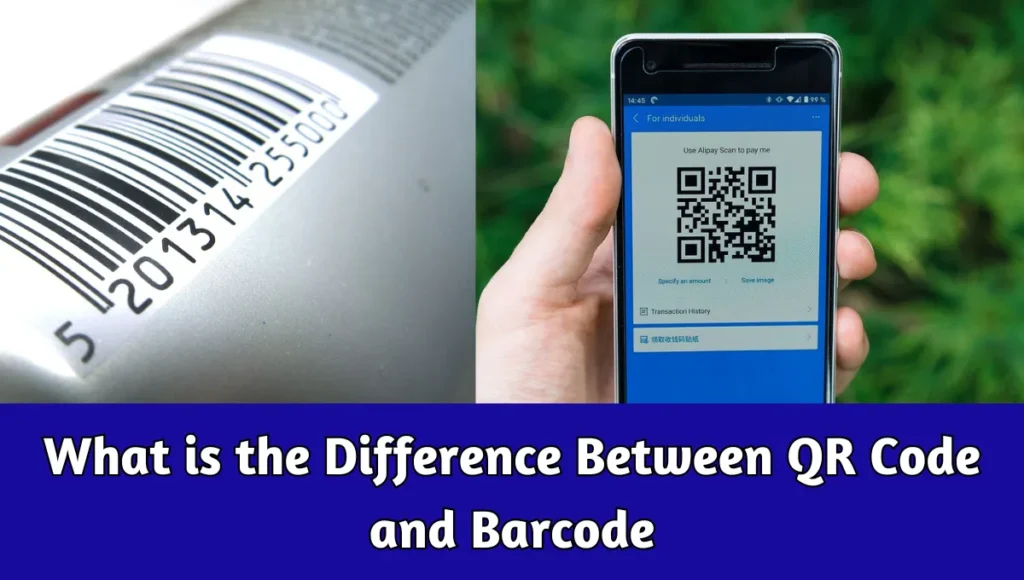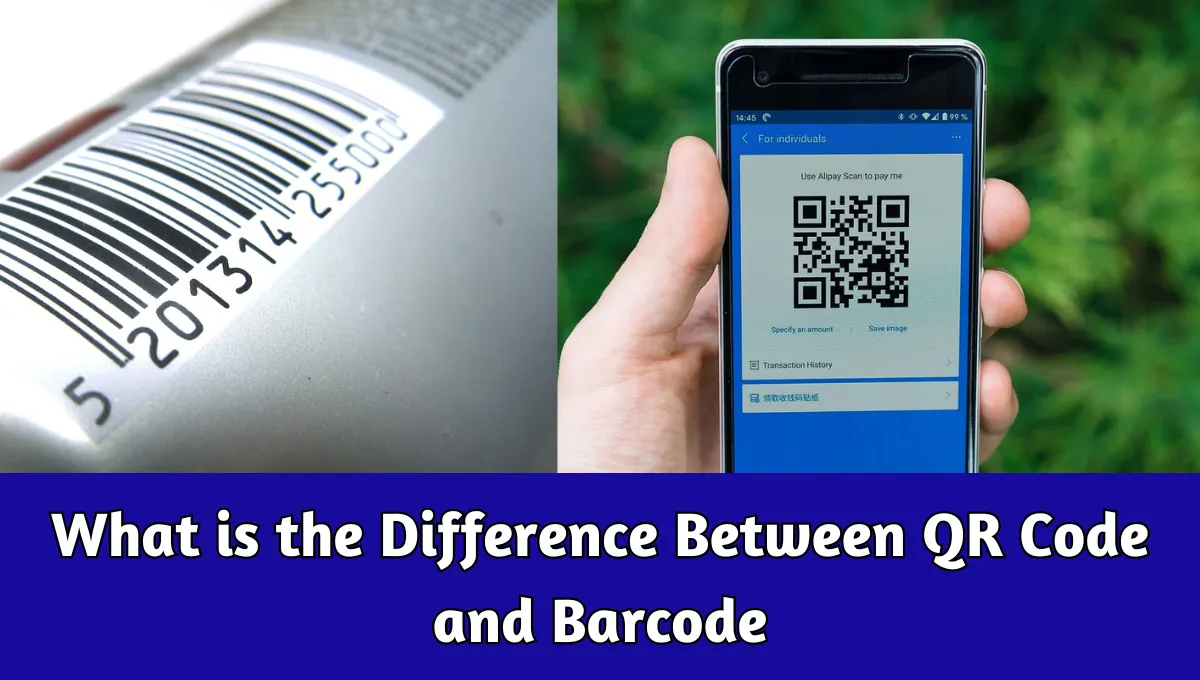Barcodes and QR codes are both tools used to store and share information in a way that can be easily read by machines like scanners and smartphones. Even though they serve similar purposes. There are key differences between them in how they look, how much information they can store and how they are used. This article will explain what barcodes and QR codes are and how they work and how they differ from each other.
What is a Barcode?
Barcodes are a series of lines and spaces that vary in width. These lines and spaces represent numbers and letters. When scanned the barcode is read and translated into data. Barcodes are often used in retail to track products and manage inventory.
Types of Barcodes
1. UPC (Universal Product Code) Commonly used in the United States for retail products.
2. EAN (European Article Number) Similar to UPC, but used internationally.
3. Code 39 Used in various industries including healthcare and government.
4. ISBN (International Standard Book Number) Used for books.
How Barcodes Work
A barcode scanner uses a light source, a lens and a sensor to capture the light reflected from the barcode. The scanner reads the pattern of lines and spaces and converts it into digital data that a computer can process.
What is a QR Code?
A QR code short for “Quick Response” code is a type of two dimensional barcode. Opposite to the barcodes which are one dimensional. QR codes are made up of squares within a square grid. QR codes can hold much more information than a standard barcode.
Features of QR Codes
1. Square Shape : QR codes are square and contain smaller squares within them.
2. Data Capacity : They can store a lot more information than barcodes including website URLs, text, contact information and more.
3. Error Correction : QR codes can still be read even if part of the code is damaged or dirty.
How QR Codes Work
QR codes are scanned using a camera like the one on your smartphone. The camera captures the image of the QR code and software in the phone processes the information encoded in the pattern of squares.

Difference between Barcode and QR code
Now that we know what barcodes and QR codes are, let’s see how they differ in several key areas
1. Appearance
Barcode : A barcode consists of vertical lines and spaces of varying widths. It looks like a series of black lines on a white background.
QR Code : A QR code is a square with small black and white squares arranged within it. It has three large squares at its three corners that help the scanner locate the position of the code.
2. Data Storage
Barcode : Barcodes can store up to 2025 characters of information, usually just a series of numbers or letters.
QR Codes : QR codes can store up to 7,089 characters. This means that QR codes can contain much more complex information such as entire web addresses, large blocks of text or even multimedia content.
3. Scan Direction
Barcode : Barcodes need to be scanned in a specific direction usually horizontally.
QR Codes : QR codes can be scanned from any direction making them faster and easier to scan.
4. Experiment
Barcode : Barcodes are commonly used in retail for product identification, price checking and inventory management.
QR Codes : QR codes are used in a variety of ways including marketing, event ticketing, digital payments and providing information in a compact format.
5. Error Correction
Barcodes: If a barcode is damaged it may become difficult or impossible to read.
QR Codes : QR codes have built-in error correction which allows them to be read even if they are partially damaged or illegible.
6. Technology
Barcode : To read barcodes a laser scanner is required.
QR Codes : QR codes can be read by any device with a camera and appropriate software such as most smartphones.
Advantages of Barcodes and QR Codes
- Simple and inexpensive to print.
- Widely recognized and used.
- Effective for tracking inventory and sales in retail.
- Can store a large amount of information.
- Can be read from any angle.
- Builtin error correction allows them to be read even if partially damaged.
- Can be scanned by most modern smartphones, making them very accessible.
Disadvantages of Barcodes and QR Codes
- Limited data storage capacity.
- Can be rendered unreadable if damaged.
- Requires a specific type of scanner.
- Can be more complex to generate and print.
- Less visually intuitive for quick identification compared to simple barcodes.
- Can take up more space on packaging or materials.
Also Read : How to Scan a QR Code on an iPhone or Android 2024
Conclusion
Both barcodes and QR codes are valuable tools for storing and sharing information quickly and efficiently. Barcodes are excellent for simple and straightforward tasks such as tracking retail products and managing inventory. QR codes with their greater data capacity and flexibility that are well suited for more complex applications such as marketing, providing detailed product information and facilitating digital interactions.

